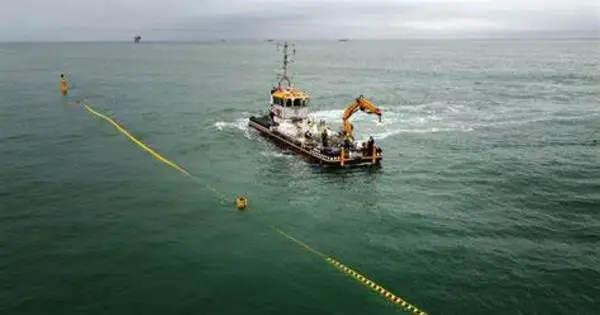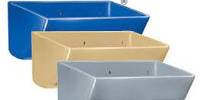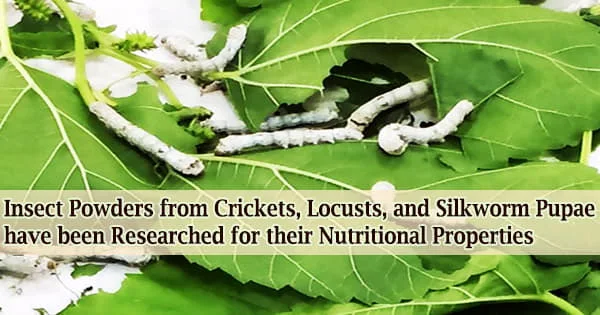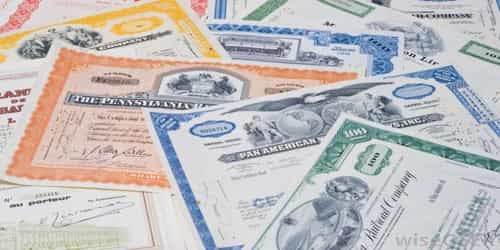A seaweed farmer is a person or organization that cultivates seaweed, commonly known as marine macroalgae. It is a device that grows seaweed on a weekly or biweekly basis. It is not to be confused with seaweed cultivators, who often manually cultivate seaweed in open waters using enormous nets (mostly in Asian countries).
Seaweed cultivation is gaining popularity due to its several advantages, including its potential as a sustainable source of food, biofuel, animal feed, and other bioproducts. Seaweed cultivation is considered environmentally friendly because it allows seaweeds to absorb carbon dioxide and nutrients from the water, thereby mitigating the effects of climate change and increasing water quality.
The types of seaweed that can be cultivated in a seaweed cultivator are now limited to green types, primarily Angel Hair and sea lettuce, because other types, such as Nori, require more intricate control over water temperature and other variables. However, angel hair and sea lettuce can be cultivated indoors at room temperature.
Here are some key aspects of seaweed cultivation:
- Species Selection: Seaweed comes in a variety of species, each with its own unique qualities and applications. The choice of seaweed species is determined by the desired purpose, local environmental conditions, and market demand.
- Growing Conditions: Seaweed cultivation necessitates certain environmental parameters such as temperature, light, nutrient content, and water quality. Understanding the ideal conditions for the chosen seaweed species is critical to effective growing.
- Growing Methods: Seaweed can be grown using a variety of methods, including fixed-line cultivation, longline systems, and suspended cultivation. Each approach has advantages and disadvantages, and the choice is made based on aspects such as seaweed species and growing aims.
- Harvesting and Processing: Harvesting is a critical step in seaweed cultivation. It is essential to use sustainable harvesting practices to ensure the long-term viability of seaweed farms. After harvesting, seaweed may undergo processing to extract valuable components for various applications.
- Regulations and Permits: Depending on the location and scale of seaweed cultivation, individuals or companies may need to comply with local regulations and obtain permits. These regulations may address environmental impacts, water use, and other considerations.
Seaweed cultivators (the equipment) are only now becoming available to the general population, because to the LED (light-emitting diode), which has made low-cost, dependable, and waterproof illumination sources (particularly in the red 660-nanometer spectrum) possible. Seaweed cultivators are a variation of algae scrubbers, which were designed to filter aquariums. A stand-alone cultivator can be made by replacing the tank with a reservoir of fertilized saltwater, and a desktop cultivator is also possible if the reservoir is small enough or placed beneath the desk.
Applications
Seaweed has a wide range of applications, including human eating, bioactive chemical extraction, biofuel production, and as a sustainable replacement to certain materials. Seaweed cultivation could focus on one or more of these applications.
Seaweed cultivation has the ability to help address a variety of environmental and food security issues. As interest in sustainable practices rises, seaweed production is anticipated to flourish as a profitable and environmentally benign enterprise.
















